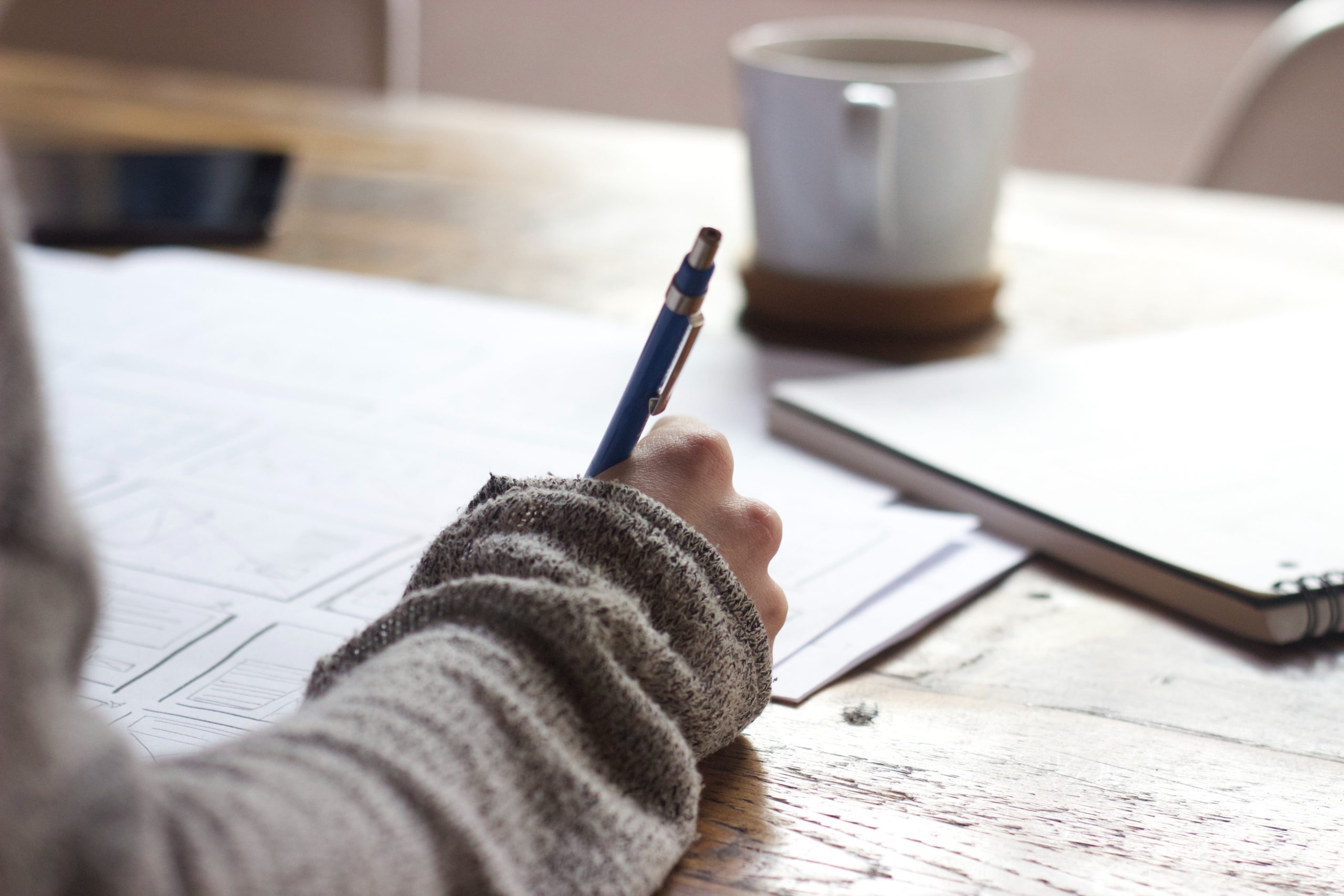 Activities for Kids
Activities for Kids
Daisy Petal: Honest & Fair
All Kindergarten and 1st graders will enjoy this Flower Friend story to begin earning their “Honest & Fair” Daisy Petal.
 Activities for Kids
Activities for Kids
All Kindergarten and 1st graders will enjoy this Flower Friend story to begin earning their “Honest & Fair” Daisy Petal.
 Featured
Featured
Helpful info from the Substance Abuse and Mental Health Services Administration.
View the full resource here.
Consider the real risk of harm to yourself and others around you. The public perception of risk during a situation such as an infectious disease outbreak is often inaccurate. Media coverage may create the impression that people are in immediate danger when really the risk for infection may be very low. Take steps to get the facts:
Speaking out about your needs is particularly important if you are in quarantine, since you may not be in a hospital or other facility where your basic needs are met. Ensure you have what you need to feel safe, secure, and comfortable.
Health care providers and health authorities should provide information on the disease, its diagnosis, and treatment.
If you’re unable to work during this time, you may experience stress related to your job status or financial situation.
Reaching out to people you trust is one of the best ways to reduce anxiety, depression, loneliness, and boredom during social distancing, quarantine, and isolation. You can:
If you are in a medical facility, you may have access to health care providers who can answer your questions. However, if you are quarantined
at home, and you’re worried about physical symptoms you or your loved ones may be experiencing, call your doctor or other health care provider:
 Activities for Kids
Activities for Kids
This course is a project of the Woman in Aviation International Chapter at Embry-Riddle Aeronautical University – Worldwide. It is a self-paced Massive Open Online Course (MOOC), designed for learners 8-17 that celebrates Girls in Aviation Day! In the course, ERAU-WW provides learners with some of the best information related to aviation and aeronautics available. We hope you learn a lot, explore what we have to offer, and have loads of fun!
Sign up your young learner today and get excited about girls in aviation.
To be eligible for enrollment in this course learners must be at least 13 years old or must have a parent or guardian sign up for this course on the behalf of their child.
Target Audience: Children 8-17 years old.
Course is offered by Embry-Riddle Aeronautical University.
 Featured
Featured
Helpful info from the Institute for Disaster Mental Health.
View the full resource here.
One of the things we know from research is that social support is very important to resilience and recovery during times of stress. The more isolated and alone we feel, the more likely it is that our mental health will be negatively affected. This is likely to be particularly true during this time of self-quarantining, isolation, and social distancing.
So, do what you can do to stay connected to your social support network of family, friends, and colleagues. Even staying in regular contact with a single person can be beneficial. Obviously we may need to connect in different ways than we’re used to doing, but it’s important to stay connected nevertheless. You don’t have to spend time talking about the stress of the current situation (although that can be helpful for people who feel the need to talk about it), but just be intentional about reaching out and making time to be together, in person or virtually.
 Featured
Featured
Helpful info from the Substance Abuse and Mental Health Services Administration.
View the full resource here.
Everyone reacts differently to stressful situations such as an infectious disease outbreak that requires social distancing, quarantine, or isolation.
People may feel anxiety, worry, or fear related to:
If you or a loved one experience any of these reactions for 2 to 4 weeks or more, contact your health care provider or one of the resources at the end of this tip sheet.
 Activities for Kids
Activities for Kids
The Smithsonian, National Museum of Natural History virtual tours allow visitors to take self-guided, room-by-room tours of select exhibits and areas within the museum from their desktop or mobile device. Visitors can also access select collections and research areas at our satellite support and research stations as well as past exhibits no longer on display.
 Featured
Featured
Helpful info from the Institute for Disaster Mental Health.
View the full resource here.
Once you’ve identified your primary sources of stress, tackle the things you actually can alter. You may realize that you can reduce the impact of concerns in this category by implementing problem-focused coping strategies. That may involve a kind of second-level approach: You can’t control whether your kids are sent home from school for an extended period, for example, but you can control whether you have a plan to deal with childcare if that occurs.
So make that plan, and then make a backup plan for your original plan – and let it be okay if those plans are not perfect, because they won’t be. But in times of stress or rapid change it’s a lot easier to activate a pre-existing strategy than to develop one on the fly, so it’s worth some mental preparation to really think through potential demands in advance so you’re not caught unprepared when they suddenly arise.
You’ll probably find that simply having those plans in place gives you sense of control that reduces some anxiety about these particular concerns.
 Featured
Featured
Helpful info from the Institute for Disaster Mental Health.
View the full resource here.
It may be helpful to pause for a moment and reflect on what you’re actually
concerned about: Are you worried that you’ll get sick yourself, or that a family member will? Or that you’ll be unable to keep working and earning money? Or that there will never again be an adequate supply of toilet paper in your local market? It’s likely that you’re worried about a combination of potential issues of varying levels of seriousness, and it’s easy for those concerns to get mashed up together into a single swirling cloud of anxiety and dread that feels impossible to handle.
In fact, there’s a lot you can do to take control of your stress. Start by breaking that cloud down into manageable parts by consciously thinking through these questions:
Then break that list down further into categories of what you can control (at least partially) and what you can’t, and make plans for how you’ll deal with both types of concerns.
 Activities for Kids
Activities for Kids
Celebrate Earth Day with Boeing and Discovery Education as we highlight the ways Boeing is using advanced technology, engineering, and its dedicated workforce to create a more sustainable future. The ecoAction Virtual Field Trip brings students to various locations around Seattle, Washington to meet STEM experts who are working on sustainability in the air, on land, in the water, and in the handling and reduction of waste.
It’s on all of us to create a more sustainable world. Join us to see how Boeing engineers and other STEM experts are working on sustainability in the air, on land, in the water, and in the handling and reduction of waste. Hop onboard the ecoDemonstrator test plane to see how an ingenious vortex generator reduces drag on airplanes, step inside a forest to learn about the creation of sustainable biofuels, check out a new permeable pavement, and see how recycling can lead to innovation.
 Featured
Featured
Helpful info from the Substance Abuse and Mental Health Services Administration.
View the full resource here.
Social distancing is a way to keep people from interacting closely or frequently enough to spread an infectious disease. Schools and other gathering places such as movie theaters may close, and sports events and religious services may be cancelled.
Quarantine separates and restricts the movement of people who have been exposed to a contagious disease to see if they become sick. It lasts long enough to ensure the person has not contracted an infectious disease.
Isolation prevents the spread of an infectious disease by separating people who are sick from those who are not. It lasts as long as the disease is contagious.